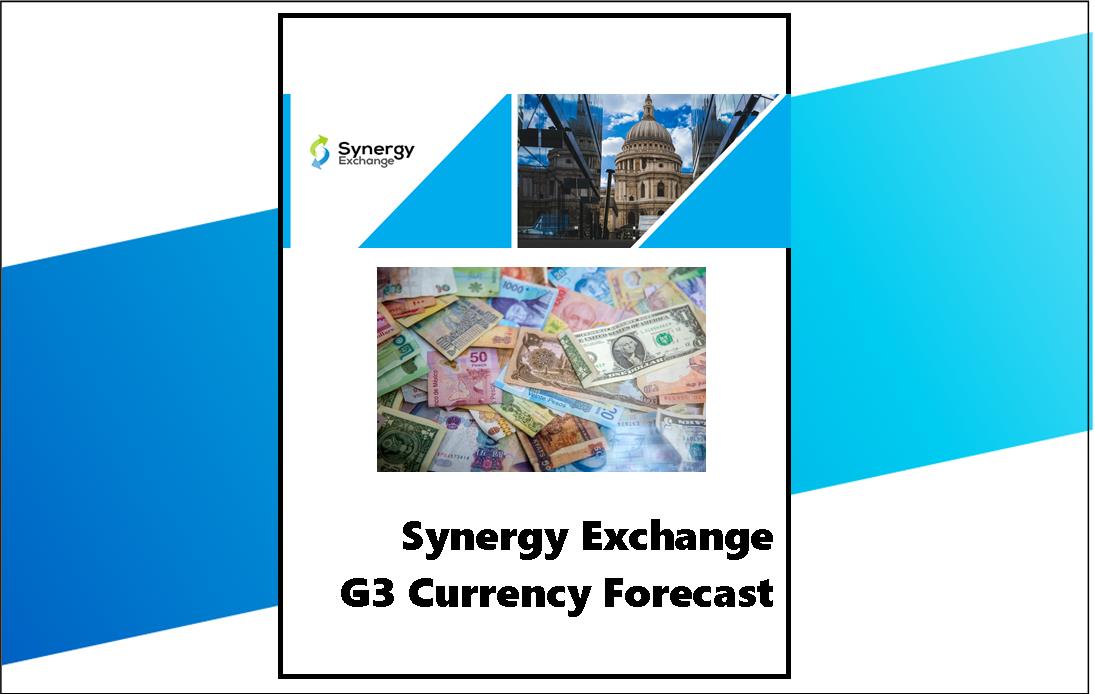Good morning, the stock markets’ threatened volatility didn’t materialise last week; instead, the stock markets enjoyed their best run since November, and the currency markets returned to watching vaccination rates. Sterling put in a strong performance against all the G10 currencies and has opened this morning at €1.1400.
Sterling’s rally has its foundations in the vaccine rollout’s continuing success, which has now seen over 12 million vaccinated. Also helping the pound was the unusually upbeat assessment by the Bank of England of the UK’s economic recovery’s potential speed and its reluctance to introduce negative interest rates. Against the dollar, it traded in a relatively tight range as the greenback moved, firstly to the likelihood of the stimulus package proposal being passed then, later in the week to the grim employment report.
For several months, the dollar has been tracking risk sentiment in global equity markets. However, this correlation seems to be dissipating as the markets start to focus on early signs that inflation may be rearing its head again. Commodity prices are moving up in the US as are oil prices, and as the world recovers these moves will become more relevant. However, the fed has introduced flexible inflation targets which will limit the upside in short-term interest rates, in turn capping the dollar’s rise. In the week ahead, we will be watching for confirmation on how inflation is behaving when the US’s latest Consumer Price Index is released. We will also be studying how the vaccine rollout continues across the world and any escalation of geopolitical tensions.
UK
For the second time in recent history, sterling was the best performing currency in the G10 last week as the Bank of England helped encourage the already positive sentiment created by the vaccination programme. The Bank of England has effectively put negative rates back into its toolkit and now expects strong growth, starting in the second quarter. Underpinning the positivity was the fact that the government has decided to go ahead with the local elections in May. This is being seen as a sign that hopefully, lockdown can end sooner rather than later, and the economy can start to recover. A quiet week is in prospect until Friday when Gross Domestic Product for the fourth quarter is released, which is expected to show only marginal growth. Also released on Friday are Industrial and Manufacturing production for December, but as they cover a lockdown period, it’s unlikely that they will impact sterling. Governor Bailey will be speaking twice this week. Today he faces questions from the Treasury Select Committee and on Wednesday he will deliver the traditional Mansion House speech, albeit without the backdrop of the formal dinner.
Euro
The euro had a disappointing week and traded below $1.2000 for the first time for several months before it bounced back after the dire Non-Farm Payroll figures in the US. The previous week’s recriminations over Europe’s vaccination programme seem to have eased however it is still lagging behind the UK, which is helping sterling stay bubbly. The return of Mario Draghi has helped calm the political problems in Italy. If he can secure a parliamentary majority, this will help the euro however Emanuel Macron remains under pressure from Marine Le Pen which will continue to worry investors. December’s Industrial Production figures for Germany were released this morning and were slightly worse than expected, and on Friday we will get to see the combined data for the Eurozone. The only other noteworthy data is Germany’s Consumer Price Index (CPI) released on Wednesday. ECB president Christine Lagarde is scheduled to speak later but is unlikely to deliver anything likely to move the markets.
US
The dollar is increasingly being driven by the stimulus bill’s passage through the law-making process which we will be following attentively. Last Friday’s employment data increased the pressure on Joe Biden to succeed in passing the bill. After last week’s data-heavy calendar there is not too much to excite this week apart from the release of January’s CPI on Wednesday which we will study closely for any uptick in inflation. Of course, as usual, we have the weekly jobless report on Thursday.
Scandi
The Swedish krona was rangebound throughout last week but strengthened towards the end against the euro as the latter began weakening against all major currencies. Against sterling, the krona continues to trade stronger than its average for 2020. Still, it has now entered territory which from a technical perspective may suggest that it is going to be somewhat rangebound. The major event this week is the Riksbank Interest Rate decision which is announced on Wednesday. The markets expect no change in monetary policy, and once again, all eyes and ears will be on the press conference. Loyal readers of the Weekly Report will remember speculation in the financial press regarding the report that the Riksbank will repay foreign currency loans on behalf of the Debt Office. This announcement coincided with a one-month long Swedish krona bull run in early January. We will closely monitor how Governor Ingves addresses the reporters’ questions concerning that.
The Norwegian krone’s long road back to levels pre-COVID-19 is slowly coming to an end. The successful vaccine rollout and sentiment that global travel will resume in the not-so-distant future has buoyed the currency. It was also lifted by Norges Bank Governor Olsen’s comments that the market may not be pricing in a not-too-distant rate hike. For that to happen, the market expects inflation to pick up and move closer to the 2% target. On Wednesday, the Inflation figure is released and is expected to come in at 1.8% on a Year-On-Year basis. On Friday, the GDP figures are disclosed and are expected to come in at a respectable 1.3% growth Quarter-On-Quarter.

